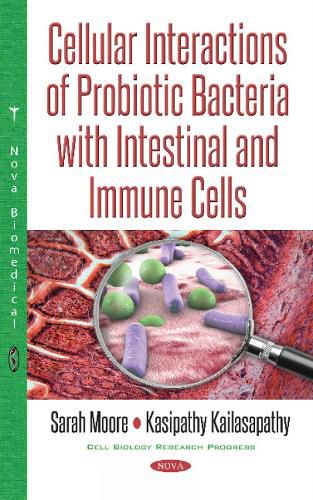Readings Newsletter
Become a Readings Member to make your shopping experience even easier.
Sign in or sign up for free!
You’re not far away from qualifying for FREE standard shipping within Australia
You’ve qualified for FREE standard shipping within Australia
The cart is loading…






This book contains novel research and laboratory techniques to study the immune cell molecular behaviour and responses to soluble factors produced by probiotic bacteria and intestinal/probiotic co-cultures that will contribute to advanced scientific knowledge and the commercial development of probiotics. Such understanding will allow scientists to identify new probiotic strains with enhanced immunomodulatory effects, ascertain minimal probiotic dose requirements, distinguish the type of immunological response to probiotics and identify potential probiotic soluble factors that induce immunological reactions. This book is ideally suited for researchers in food and pharmaceutical industries as well as universities; postgraduate students in microbiology and immunology will also find this book to be useful. This book is suitable as a classroom textbook for advanced microbiology, bacteriology and immunology, and it is highly recommended for university and research institution libraries around the world.
$9.00 standard shipping within Australia
FREE standard shipping within Australia for orders over $100.00
Express & International shipping calculated at checkout
This book contains novel research and laboratory techniques to study the immune cell molecular behaviour and responses to soluble factors produced by probiotic bacteria and intestinal/probiotic co-cultures that will contribute to advanced scientific knowledge and the commercial development of probiotics. Such understanding will allow scientists to identify new probiotic strains with enhanced immunomodulatory effects, ascertain minimal probiotic dose requirements, distinguish the type of immunological response to probiotics and identify potential probiotic soluble factors that induce immunological reactions. This book is ideally suited for researchers in food and pharmaceutical industries as well as universities; postgraduate students in microbiology and immunology will also find this book to be useful. This book is suitable as a classroom textbook for advanced microbiology, bacteriology and immunology, and it is highly recommended for university and research institution libraries around the world.